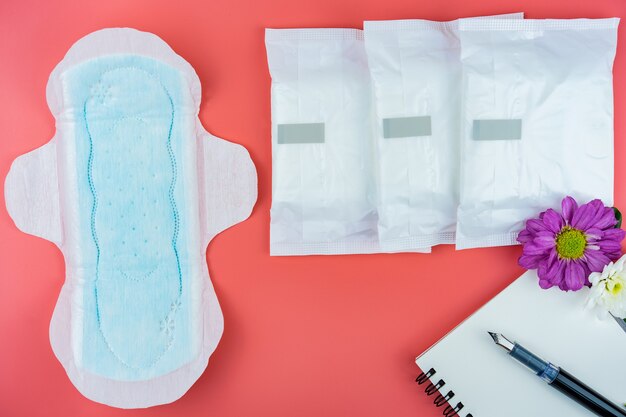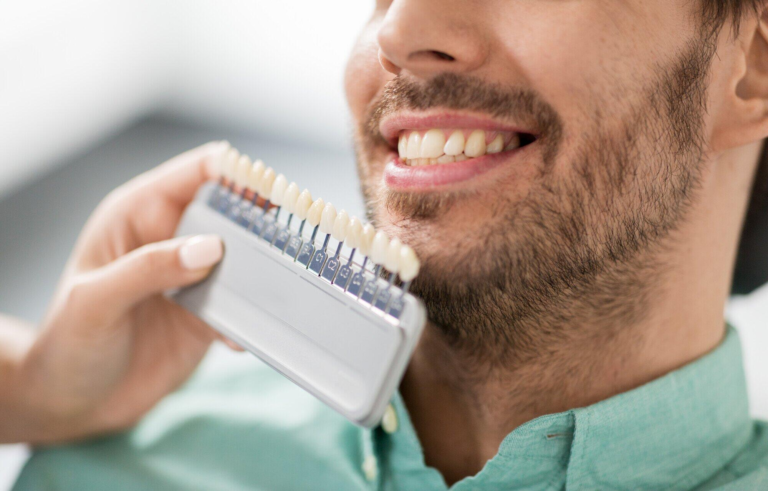The Benefits of Using a Tongue Scraper
Introduction
A tongue scraper is a simple yet effective tool designed to improve oral hygiene by removing bacteria, food debris, and dead cells from the surface of the tongue. While brushing and flossing are essential components of dental care, tongue cleaning is often overlooked. In this guide, we explore the benefits of using a tongue scraper and provide valuable insights into incorporating this practice into your daily oral hygiene routine.
History and Evolution
Origins of Tongue Cleaning Practices
The practice of tongue cleaning dates back centuries and is rooted in traditional medicine and oral hygiene practices. Ancient civilizations, including the Greeks and Romans, recognized the importance of tongue cleaning for maintaining oral health and fresh breath.
Development of Modern Tongue Scrapers
Over time, tongue cleaning methods evolved, leading to the development of modern tongue scrapers. Early tongue scrapers were often made of metal or bone, while contemporary versions are typically constructed from plastic or silicone materials.
Benefits of Using a Tongue Scraper
Improved Oral Hygiene
One of the primary benefits of using a tongue scraper is improved oral hygiene. By removing bacteria, food particles, and dead cells from the surface of the tongue, a tongue scraper helps prevent the buildup of plaque and tartar, reducing the risk of dental issues such as cavities and gum disease.
Fresher Breath
Tongue cleaning with a scraper can also help combat bad breath or halitosis. Bacteria and food debris accumulated on the tongue can contribute to foul odors in the mouth. Regular tongue scraping eliminates these odor-causing substances, leaving the mouth feeling fresh and clean.
Reduced Risk of Dental Issues
In addition to fresher breath, using a tongue scraper can help reduce the risk of dental issues such as tooth decay and periodontal disease. By removing bacteria and debris from the tongue, a tongue scraper promotes a healthier oral environment, which is essential for overall dental wellness.
How to Use a Tongue Scraper
Using a tongue scraper is a simple process that can be incorporated into your daily oral hygiene routine. Here’s a step-by-step guide:
- Prepare the Tongue Scraper: Rinse the tongue scraper under running water to ensure cleanliness.
- Position the Scraper: Extend your tongue and place the scraper at the back of the tongue.
- Scrape Forward: Gently glide the scraper from the back of the tongue to the front, applying light pressure.
- Repeat as Needed: Continue scraping the entire surface of the tongue, rinsing the scraper between each pass.
- Rinse and Clean: Once you’ve finished scraping, rinse your mouth thoroughly with water and clean the scraper with soap and water.
Types of Tongue Scrapers
There are several types of tongue scrapers available, each with its own unique features and benefits. Some common types include:
- Metal Tongue Scrapers: Durable and effective at removing debris, metal tongue scrapers are often preferred for their longevity and ease of use.
- Plastic Tongue Scrapers: Lightweight and affordable, plastic tongue scrapers are suitable for daily use and come in a variety of shapes and sizes.
- Silicone Tongue Scrapers: Gentle and flexible, silicone tongue scrapers are ideal for those with sensitive tongues or gag reflexes.
Choosing the Right Tongue Scrape’r
When selecting a tongue scrape’r, consider the following factors:
- Material: Choose a tongue scrape’r made from high-quality, non-toxic materials.
- Design: Look for a scraper with a comfortable grip and a wide enough surface area to cover the tongue effectively.
- Personal Preferences: Consider your individual preferences, such as texture, flexibility, and ease of cleaning.
Common Misconceptions
Myths vs. Facts
There are several misconceptions surrounding tongue scraping. Here are some common myths and the corresponding facts:
- Myth: Tongue scraping is unnecessary if you brush your teeth regularly.
- Fact: While brushing is essential, tongue scraping provides additional benefits by targeting bacteria and debris on the tongue’s surface.
- Myth: Tongue scraping can cause gagging or discomfort.
- Fact: When done correctly, tongue scraping is a gentle and non-invasive process that should not cause discomfort.
Incorporating Tongue Cleaning into Daily Routine
Establishing a habit of tongue cleaning is key to reaping the benefits of this practice. Consider the following tips for incorporating tongue scraping into your daily routine:
- Set a Reminder: Schedule tongue scraping as part of your morning or evening oral hygiene routine.
- Be Consistent: Make tongue scraping a daily habit to maintain optimal oral health.
- Monitor Progress: Pay attention to changes in breath freshness and overall oral hygiene to gauge the effectiveness of tongue scraping.
Alternative Tongue Cleaning Methods
In addition to tongue scrapers, there are alternative methods for cleaning the tongue:
- Tongue Brushes: Similar to toothbrushes, tongue brushes feature bristles designed to clean the tongue’s surface.
- Oral Mouthwash: Using an antibacterial mouthwash can help reduce bacteria on the tongue and freshen breath.
Conclusion
In conclusion, incorporating tongue scraping into your daily oral hygiene routine offers numerous benefits, including improved oral hygiene, fresher breath, and reduced risk of dental issues. By removing bacteria and debris from the tongue’s surface, a tongue scraper promotes a healthier mouth and enhances overall dental wellness. With proper technique and consistency, tongue scraping can be an effective and easy-to-implement practice for maintaining optimal oral health.







